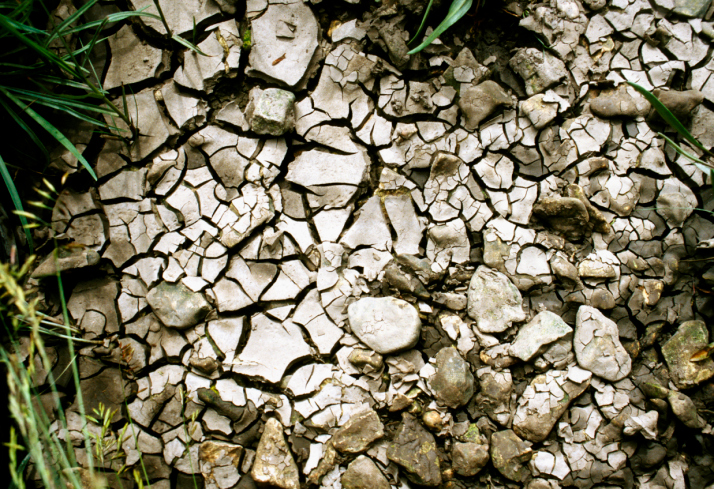
The major difference is the result of ample rainfall in a larger proportion of Midwestern states. As the map from the U.S. Drought Monitor shows, from Iowa eastward to the Atlantic Coast, there are only a few small pockets of abnormally dry areas, compared with major drought as far east as Indiana and Ohio last year. That’s the good news.
The less-good news is that drought areas are expanding again, now covering about 44% of the lower 48. Parts of Texas, Oklahoma, Arkansas, and Louisiana have been added to areas denoted as experiencing dominant impact from the dry weather.
For the next 10 days or so, wet weather is expected to continue in the eastern half of the lower 48 and above-normal temperatures are expected to continue in the West, Southwest, and Northeast, while the cooler temperatures are forecast for the middle of the country.
Even though drought areas are growing, the steady rainfall in the middle of the lower 48 has prevented the same level of drought the U.S. faced last year, when drought impacts affected about 80% of the lower 48.
Corn prices have dropped from a high of around $7.40 a bushel in late March to around $5.30 a bushel. The Teucrium Corn Fund (NYSEMKT: CORN) has taken a similar dive, from about $44 to around $38. Corn futures spiked to near $8.50 a bushel in July last year.
Thank you for reading! Have some feedback for us?
Contact the 24/7 Wall St. editorial team.




